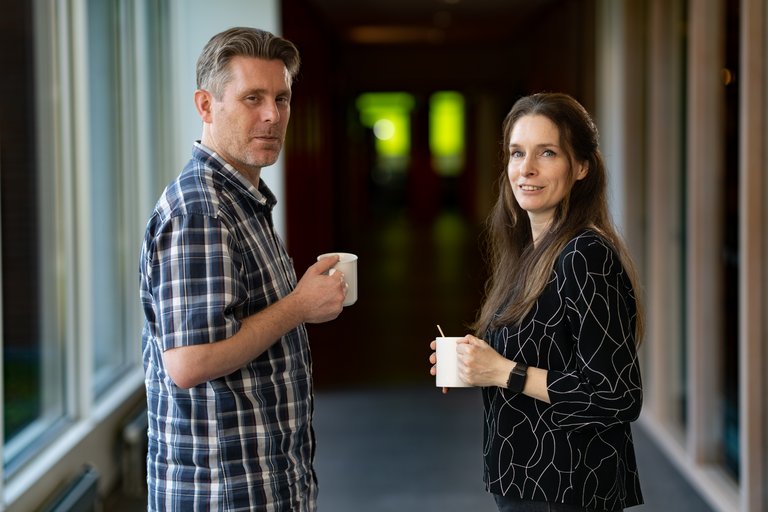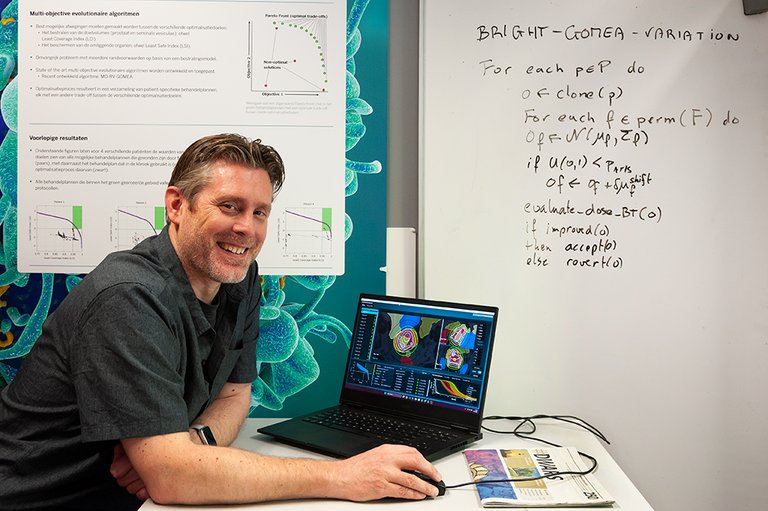Peter Bosman (49) grew up in Utrecht and now lives with his wife in Lelystad. After years of renovation work, they enjoy the space and the stunning view their home affords. “I was always one big ball of energy,” he recalls when asked about his childhood. “In primary school I already knew I wanted to work with computers. That was rather unusual at the time, since the personal computer was only just becoming more common. My father, who taught electrical engineering, once brought computers home. I was instantly fascinated, and before I knew it I was programming at the age of ten. Even in secondary school I had just one path, one goal: to study computer science.” With an outstanding academic record (“I scored two perfect tens, even higher than my maths teacher – I don’t think I’ve ever told anyone that...”), he went on to Utrecht University.
A Small Music Studio
The creative side of computer science has always appealed to him. “I have a strong analytical side, but also a creative streak, and computer science is the perfect blend of both. You can come up with new ideas and turn them into something that works, something useful.” Does his creativity extend to other fields? “I love making music, I play keyboard and synthesiser, and I have a small studio at home. From there I collaborate with singers around the world – although these days I don’t have as much time for it, unfortunately.”
His fascination with computer science led to an impressive career. Today Bosman is a group leader at the Centrum Wiskunde & Informatica (CWI) in Amsterdam and a part-time professor at Delft University of Technology. There he works on developing algorithms – the invisible engines behind much of modern technology. His focus is on algorithms in the field of AI.


